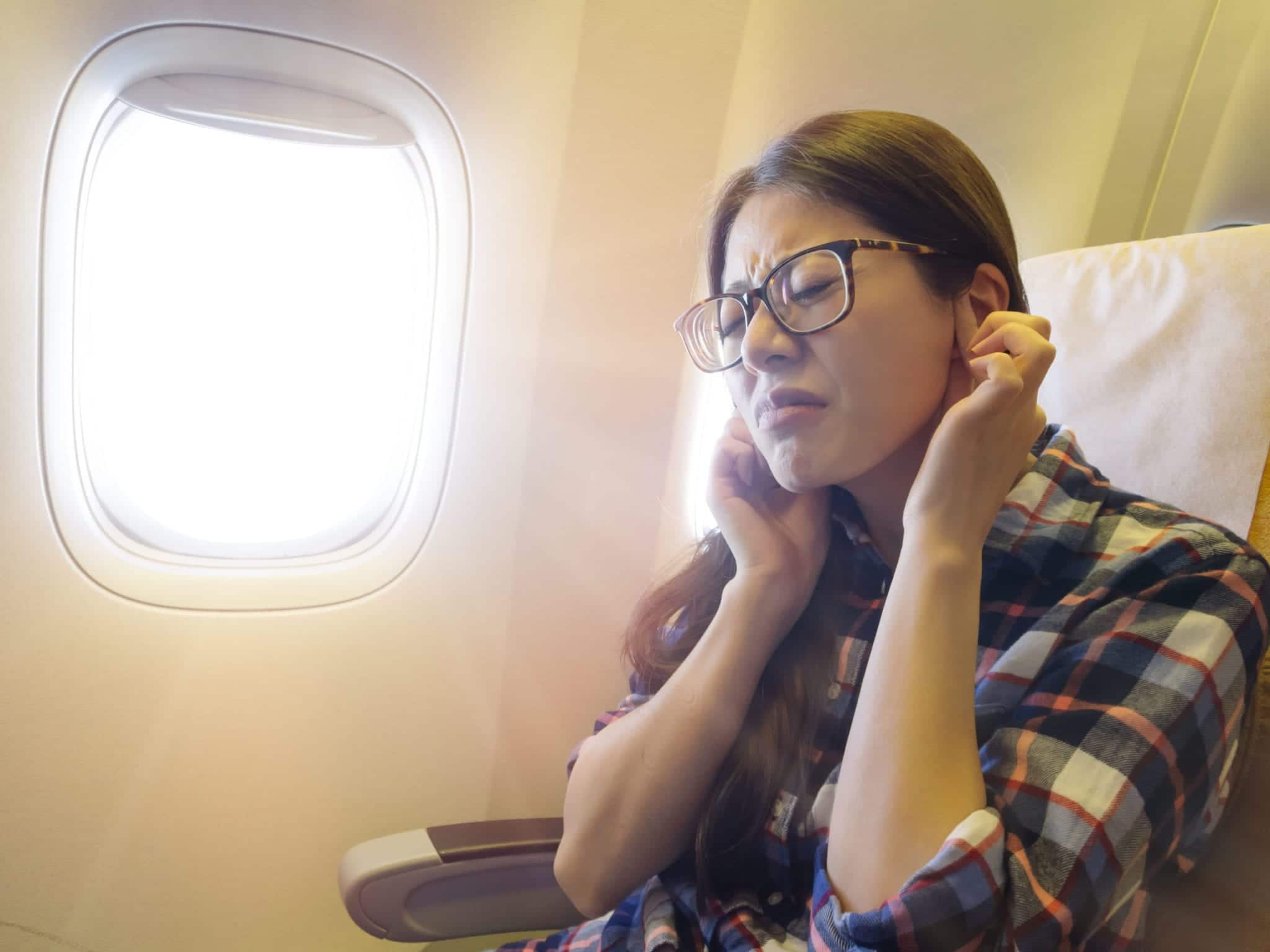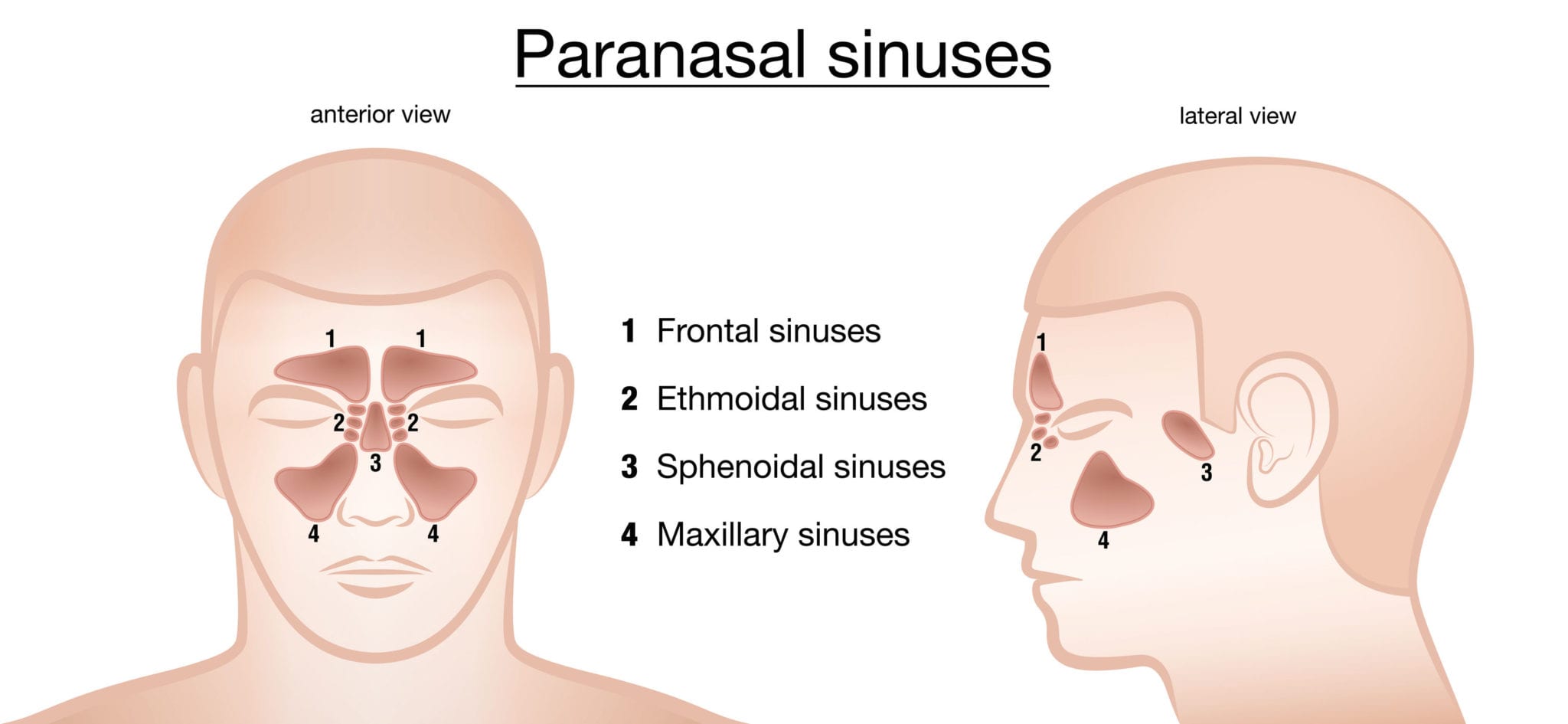
No matter how much travel planning you do, you won’t be able to avoid every headache – it’s the nature of the beast. However, one you’ll especially want to skip is a pain in the teeth.
What does that mean?
Simply put, if you have any kind of tooth problem, flying can exacerbate it – and you should be ready.
Any kind of problem? Pretty much.
Below, we’re going to detail some of the most common tooth-flying issues and why they occur.
The Power of the “Squeeze”
There’s one thing that’s involved in just about every in-flight pain: cabin pressure changes – especially during ascent and descent. Your body naturally works toward adjusting to new pressure levels caused by elevation changes, but it’s often not a comfortable process.
This inequality in pressure levels in- and outside the body is called “barotrauma,” with “baro” meaning pressure, and “trauma” meaning injury. It’s commonly referred to as the “squeeze.”
Most organs adjust fairly quickly, but rigid structures like middle ear cavities and sinuses can be problematic. People typically chew gum, yawn, or move their jaw back and forth, trying to “pop” their ears to essentially help the body equalize pressure faster.
Unfortunately, your very rigid pearly whites follow the same principle, except that air can actually become “trapped” inside your teeth. Sometimes, this causes pain. The toothache during a “squeeze” is called “barodontalgia,” or a pressure (baro-) in the tooth (-dont-) causing pain (-algia). While healthy teeth are not affected by cabin pressure changes, those with tooth decay and dental work can be.
How do each of these work?
Decay. Tooth decay eats away at the structure of an affected tooth, leaving microscopic openings, which often allow air to enter it. They are so small that the expanding air gets “trapped” in each pocket from speedy altitude changes during flight, causing pain.
In fact, if you detect pain from teeth that felt fine before take-off, this can be a sign that you are in the beginning stages of decay or injury to a tooth.
Dental Work. Fillings and other dental work are subject to trapped air, too. Pockets can form at the time the work was done or small gaps or holes can develop over time. Even when air can escape slowly, it cannot keep up with the rapid changes of cabin pressure that are experienced in flight.
The drawback to these “airplane toothache” scenarios is that, unlike ear or sinus pain, there’s not much you can do. Talk to you dentist about your specific circumstances, but the solution will likely be a couple of Tylenol or Advil at least a half-hour prior to take-off.
The last common scenario, however, may be an issue that you can resolve fairly easily.
Your Teeth and Referred Pain
The largest sinus cavities in the skull are the maxillary sinuses, located below your eyes and adjacent to your nose. Your upper back molars are positioned directly under them, and they share pain-perceiving nerves.
Near these nerves are small openings that help clear sinuses of pressurized air or fluids due to head cold, flu, and allergies. When cavity linings have become inflamed and accumulated fluid can’t escape, altitude changes add pressure to those teeth directly below. The resulting discomfort is called “referred pain” due to the common shared nerves.

Taking typical measures to relieve sinus pressure (gum, special ear plugs, medication) may provide some relief.
Your dentist will ultimately be the best person to confirm whether or not you’re in for an in-flight pain in the tooth. However, if you’re worried about it, there’s little harm in using any of the typical pain and sinus relief methods we mentioned above.
Here’s wishing you headache-free holiday travel!






